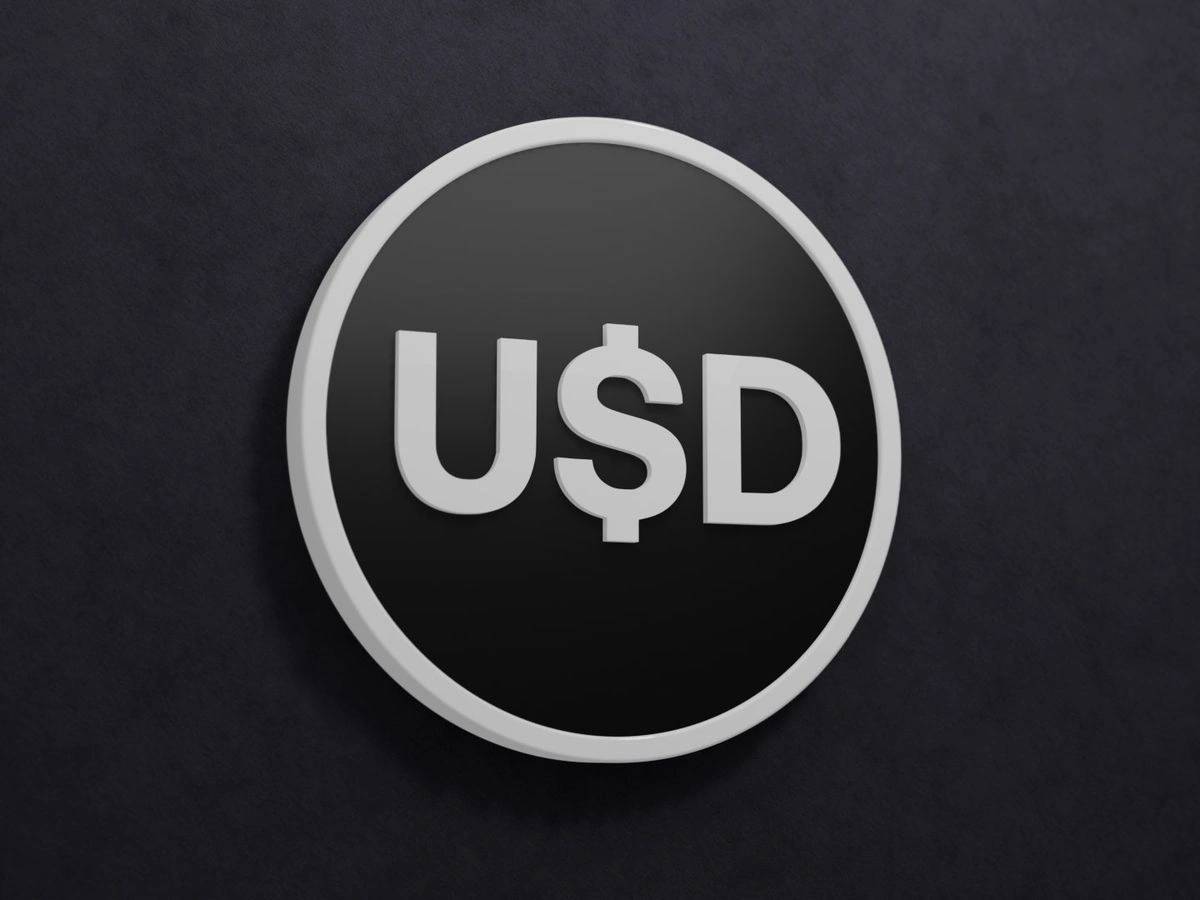위키 구독하기
Share wiki
Bookmark
frxUSD
frxUSD
**frxUSD (이전 FRAX)**는 Frax Finance 프로토콜에서 발행한 완전 담보형 스테이블코인으로, 법정 화폐로 상환 가능하도록 설계되었습니다. 이 스테이블코인은 오프체인 수탁 기관과 프로토콜에서 개발한 온체인 인프라를 결합하여 발행 및 상환을 수행하는 하이브리드 프레임워크에서 운영됩니다. [4]
개요
frxUSD는 Frax Finance 프로토콜의 스테이블코인이며 미국 달러에 고정되도록 설계되었습니다. 이 스테이블코인은 공급량의 일부가 담보로 뒷받침되고 일부가 부분적으로 안정화된 최초이자 유일한 스테이블코인입니다. 2023년 2월 23일, Frax Finance 커뮤니티는 이를 완전 담보화하기로 투표했습니다. [1]
frxUSD의 가격과 담보는 모두 Uniswap 페어 가격과 ETH:USD Chainlink 오라클의 시간 가중 평균으로 계산됩니다. Chainlink 오라클을 통해 프로토콜은 Uniswap의 스테이블코인 풀 평균 대신 USD의 실제 가격을 얻을 수 있습니다. 역사적으로 frxUSD(이전 FRAX)는 100% 담보화되었으며, 이는 frxUSD를 발행하려면 담보를 발행 계약에 넣기만 하면 된다는 의미입니다. 부분 단계에서 frxUSD를 발행하려면 적절한 비율의 담보를 넣고 FRAX (이전 FXS) 비율을 소각해야 했습니다. 이 설계는 시스템의 속도가 증가함에 따라 ETH 및 래핑된 BTC와 같은 변동성이 큰 암호화폐를 거버넌스를 통해 미래 풀에 포함하는 것이 더 쉽고 안전해지도록 구현되었습니다.
Frax 스테이킹
Frax Finance 프로토콜을 통해 frxUSD 보유자는 frxUSD 토큰을 잠가 다양한 체인의 다양한 풀에서 수익을 창출할 수 있습니다. [2]
완전 담보화
Frax Finance 커뮤니티는 스냅샷 FIP-188에 따라 2023년 2월 23일에 기본 스테이블코인 frxUSD(이전 FRAX)를 완전 담보화하기로 투표했습니다. [3] 자세한 내용과 동기는 다음과 같습니다.
이제 Frax가 프로토콜의 알고리즘 지원을 점진적으로 제거할 때가 되었습니다. Frax 프로토콜은 2020년 12월 프로토콜 출시 이후 극적으로 성장하고 진화했습니다. 원래 프로토콜에는 FRAX의 시장 수요에 따라 조정되는 변동 담보 비율이 포함되어 있어 시장에서 각 FRAX가 1.00달러와 같아지기 위해 필요한 담보 금액을 효과적으로 결정할 수 있었습니다. 이것은 Frax가 개척한 매우 혁신적이고 우아한 접근 방식이었지만 이제는 성장했습니다. 약간의 과소 담보화로 인한 비용이 이제 이점보다 훨씬 큽니다. 특히 FRAX의 인지된 안전성을 훼손할 수 있기 때문입니다. 프로토콜을 100% CR로 점진적으로 전환하는 것이 프로토콜의 장기적인 건전성과 성장을 위한 최선의 방법입니다. 이는 Frax의 알고리즘 지원을 효과적으로 폐기하는 프로토콜에 대한 중요한 변경 사항입니다. 커뮤니티에서 활동하는 많은 사람들에게 이것이 최선의 방법임이 분명해졌습니다. 이 제안의 의도는 CR을 영구적으로 100%로 늘리는 데 커뮤니티를 조정하는 것입니다. CR을 늘려야 할 임박한 필요가 없고 목표 CR에 도달하는 방법이 많기 때문에 우리가 거기에 도달하는 방법보다 목적지(100% CR)에 더 중점을 둡니다. 이상적으로 성장, 자산 가치 상승 및 프로토콜 수익은 시간이 지남에 따라 CR을 100%로 늘릴 것입니다. 분명히 하기 위해 이 제안은 100% CR을 달성하기 위해 FXS를 발행하는 데 의존하지 않습니다.
동기
Frax는 항상 FRAX의 알고리즘 지원에 보수적으로 접근했습니다. 출시 전에도 FRAX의 알고리즘 부분을 지원하기 위해 FXS에 의존하려면 프로토콜의 원활한 기능을 보장하기 위해 유동성을 잠가야 한다는 것이 분명했습니다. 불행히도 우리는 이제 이것을 이해하지 못하고 실패한 많은 프로젝트를 보았습니다. 잠긴 유동성의 단점은 프로토콜이 FXS 보상 형태로 비용을 지불한다는 것입니다. 이 접근 방식은 시작하기에 합리적이었지만 Frax를 둘러싼 상황이 바뀌었습니다. Frax는 0에서 1 제품 시장 적합성을 달성했으며 현재 공급량이 1,000,000,000 FRAX를 초과합니다. 다음 성장 단계에서는 FRAX의 "돈" 속성을 늘려야 합니다. 특히 FRAX를 사용자가 장기적인 가치 저장소로 인센티브 없이 편안하게 보유할 수 있는 자산으로 만들어야 합니다. FRAX의 작은 알고리즘 지원은 특히 UST의 실패로 알고리즘 스테이블코인 개념이 손상된 후(공정하든 불공정하든) FRAX가 사용자가 보유하기에 덜 안전한 옵션이라는 인식을 만듭니다. 현재 CR 92%를 유지하는 데는 거의 이점이 없습니다. @dennett는 FRAX가 FXS가 아닌 자산으로 완전히 담보화될 수 있으며 AMO를 통해 프로토콜 소유 유동성을 배포하여 부분 준비금으로 유지될 수 있다고 지적했습니다. 프로토콜 담보를 늘리면 AMO를 통해 추가 담보를 배포하여 프로토콜의 유동성과 수익을 창출할 수 있습니다. Frax는 잠긴 유동성에 자금을 지속적으로 지원할 필요 없이 가장 자본 효율적인 안전한 스테이블코인으로 계속 유지될 것입니다. 현재 모든 프로토콜 확장은 AMO를 통해 발생하며 효과적으로 100% CR입니다. 즉, 프로토콜 성장은 CR을 증가시킵니다. CR을 늘리는 가장 부드러운 방법은 프로토콜이 성장함에 따라 프로토콜 수익을 유지하는 것입니다. 이 제안의 일환으로 FXS 바이백은 CR이 100%에 도달할 때까지 연기됩니다. 이는 프로토콜 자산을 늘리고 잠긴 유동성에 대한 FXS 배출의 필요성을 제거하는 Frax의 미래에 대한 효과적인 투자입니다. 최근 FXS 바이백의 영향은 거의 없는 것으로 보이며 영향은 아마도 이 시점에서 과대 평가되었을 것입니다. 이 제안은 현재 veFXS 수익률에 영향을 미치지 않습니다. FXS 보유자의 관점에서 이 제안은 Frax의 건전성/인식을 높이고 프로토콜 성장을 가속화해야 합니다. 마지막으로 이 제안은 프로토콜 감사관이 매달 최대 3백만 달러의 프로토콜 자산을 frxETH로 전략적으로 교환할 수 있도록 승인합니다. frxETH는 Frax의 대차대조표에서 중요한 분산형 자산이 되어 CR을 늘리는 동시에 frxETH 및 검증인의 공급을 늘리고 있습니다. frxETH는 또한 프로토콜에 강력한 수익 잠재력을 제공합니다. 매달 최대 3백만 달러는 Frax의 프로토콜 자산 규모를 고려할 때 적은 금액이며 프로토콜의 frxETH 가격 변동성에 대한 노출을 상대적으로 작게 유지하여 제한합니다. 이 제안에 의해 승인된 프로토콜 자산 판매는 CVX 또는 CRV에 대한 Frax의 보유를 줄이기 위한 것이 아니며 두 자산 모두 포함되지 않습니다. [1]
잘못된 내용이 있나요?
